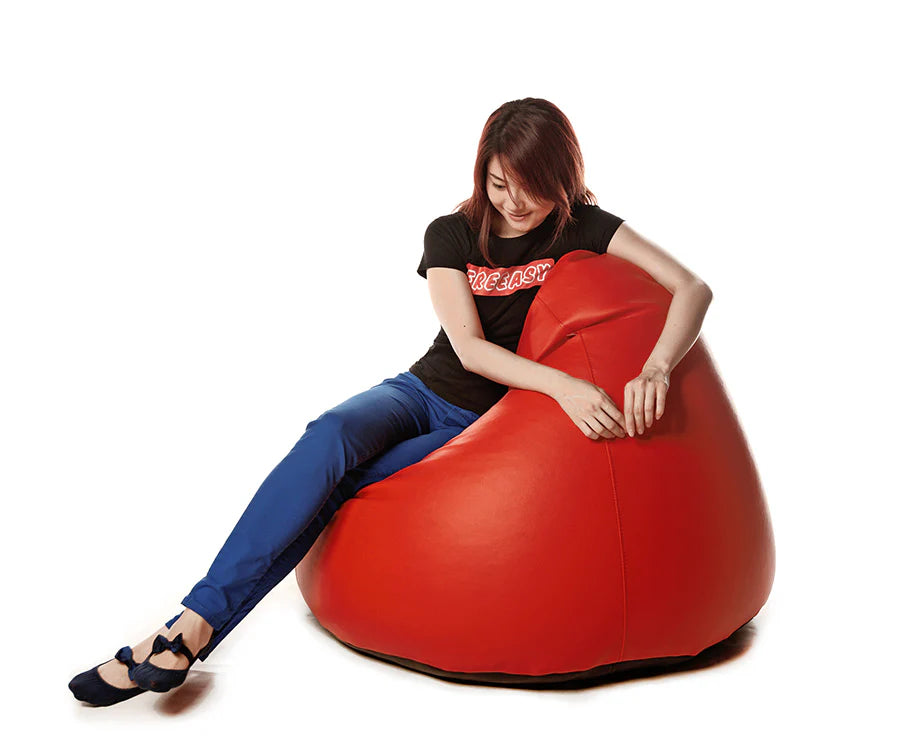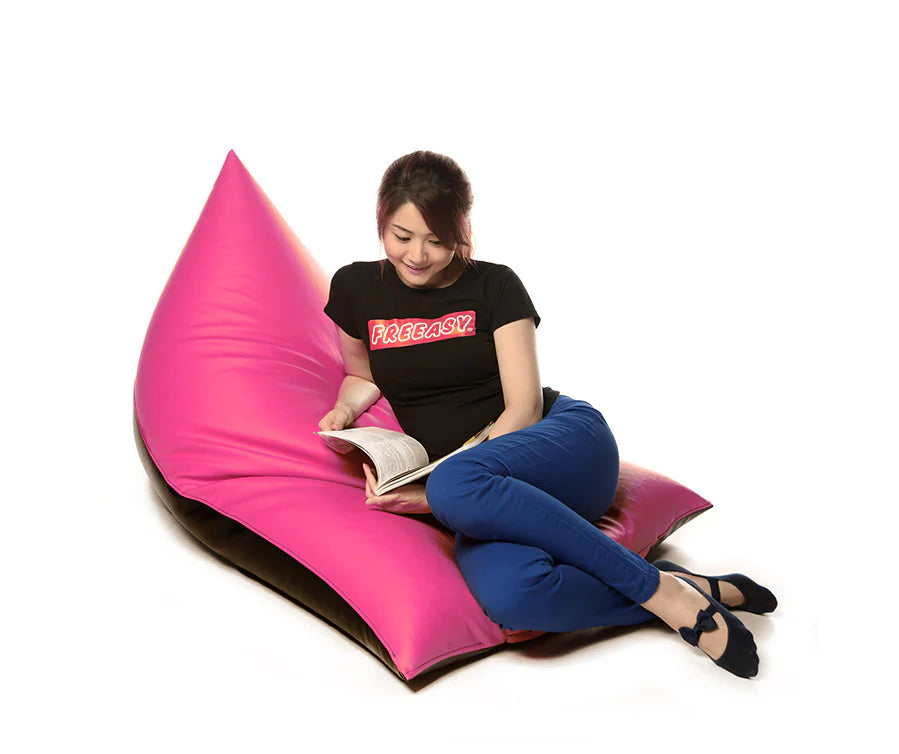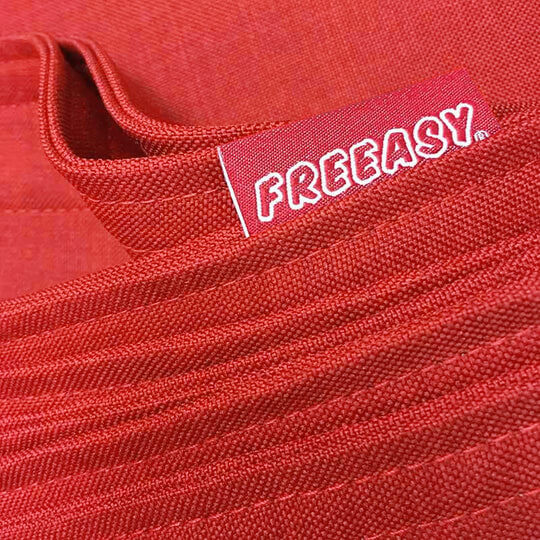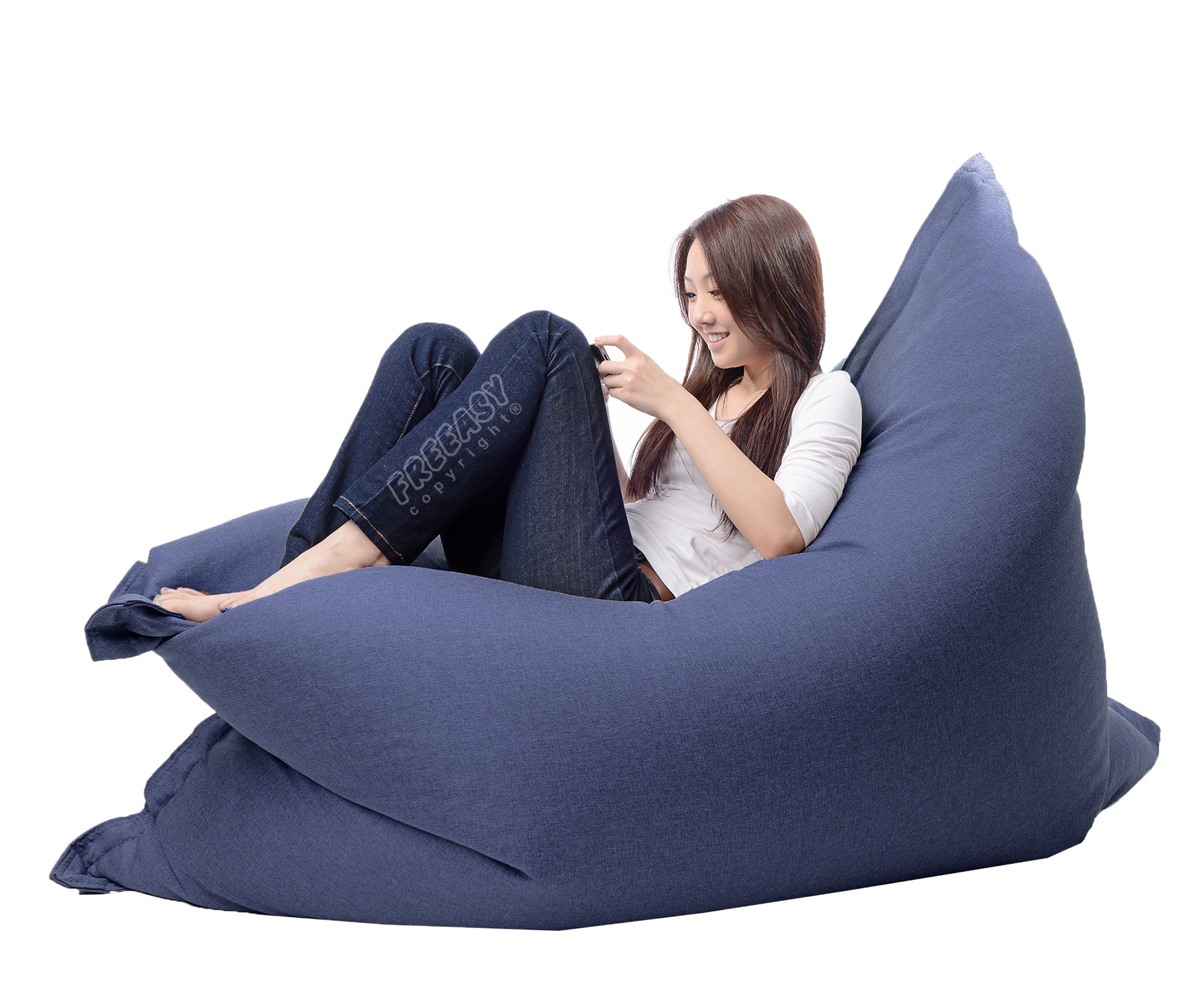Eco-Friendly Bean Bags: Is Polyester The Answer?
The Eco-Conscious Evolution of Comfort
Let's be honest, creating a 100% eco-friendly bean bag is a tall order. But that doesn't mean we can't make choices that significantly lessen our environmental footprint. That's the philosophy behind our FREEASY® bean bags. With a focus on polyester covers and CFC-Free fillings, we offer comfort and durability without sacrificing our commitment to the planet.
Upgrading the Classics: Why We Ditched the Old Ways
Life is full of mistakes. We all make them. We knew there had to be a better way to create that sink-in feeling without the environmental guilt.
Remember those old-school bean bags, FREEASY® nylon bean bag, #40 bean bag, #50 bean bag? You know, the PVC ones that felt like a sauna on a hot day? Or the faux leather ones that shed plastic bits everywhere? Yeah, we're not about that anymore.
(FREEASY® Nylon Bean Bag Introduced in 2005)
(FREEASY® #40 Bean Bag Introduced in 2011)
(FREEASY® #50 Bean Bag Introduced in 2012)
Standard Bean Bags
- Filling: Bean bags are typically filled with expanded polystyrene beads (similar to Styrofoam), which are a type of plastic that causes environmental harm.
- Cover: Even if the outer fabric is natural, like cotton or linen, the production process likely has some environmental impact.
Your Eco-Friendly Bean Bag Options
Here's how to create a bean bag with a reduced environmental footprint:
-
Filling:
- Biofoam: Compostable beads made from plant-based materials. These offer similar performance to traditional beads but lessen long-term pollution concerns.
- Natural Fillers: Dried beans, lentils, buckwheat hulls, even shredded old clothing offer a zero-waste solution. However, these can be heavier and potentially attract pests.
-
Cover:
- Upcycled Fabric: Repurpose old blankets, sheets, or even denim for a unique and sustainable cover.
- Organic Hemp or Linen: Durable natural fabrics that require less water and pesticides during their growth phase compared to conventional cotton.
Limitations
Even with eco-conscious choices, there are still factors to consider:
- Durability: Some natural fillers may compress over time or break down, requiring refilling.
- Availability: Eco-friendly fillings like Biofoam may be harder to source than traditional plastic beads.
- Cost: Sustainable options can often be more expensive upfront.
So, the goal isn't necessarily perfection, but making the most informed decisions to balance comfort and sustainability.





